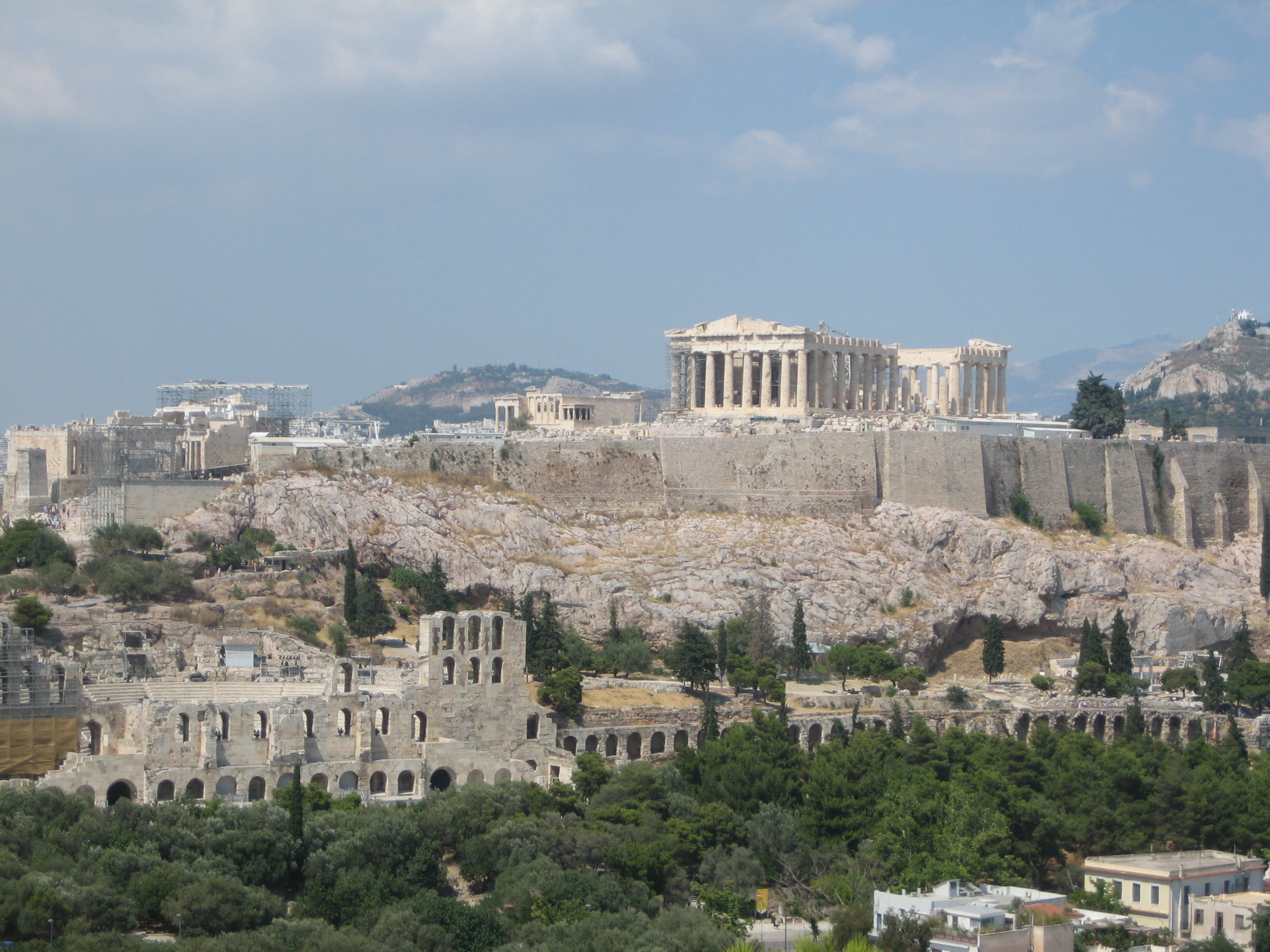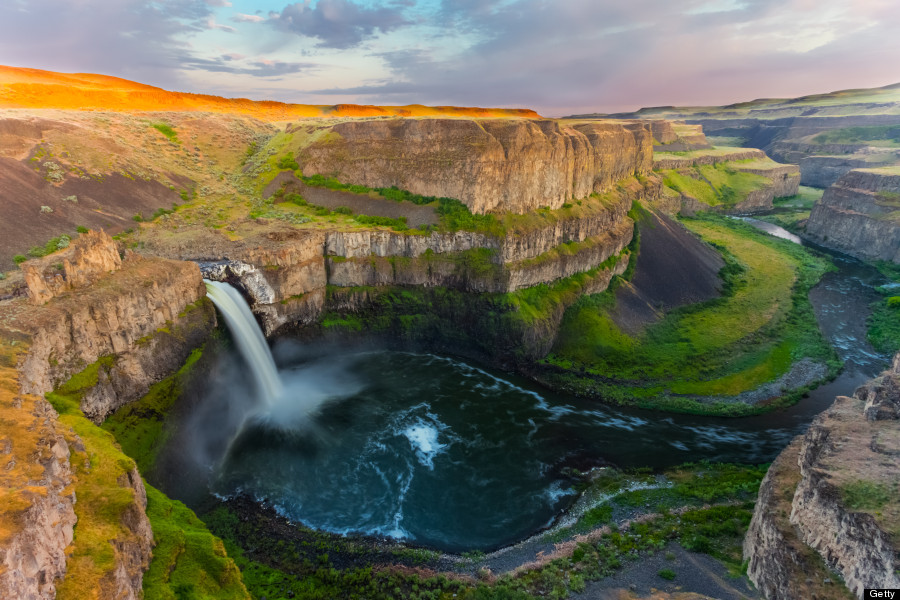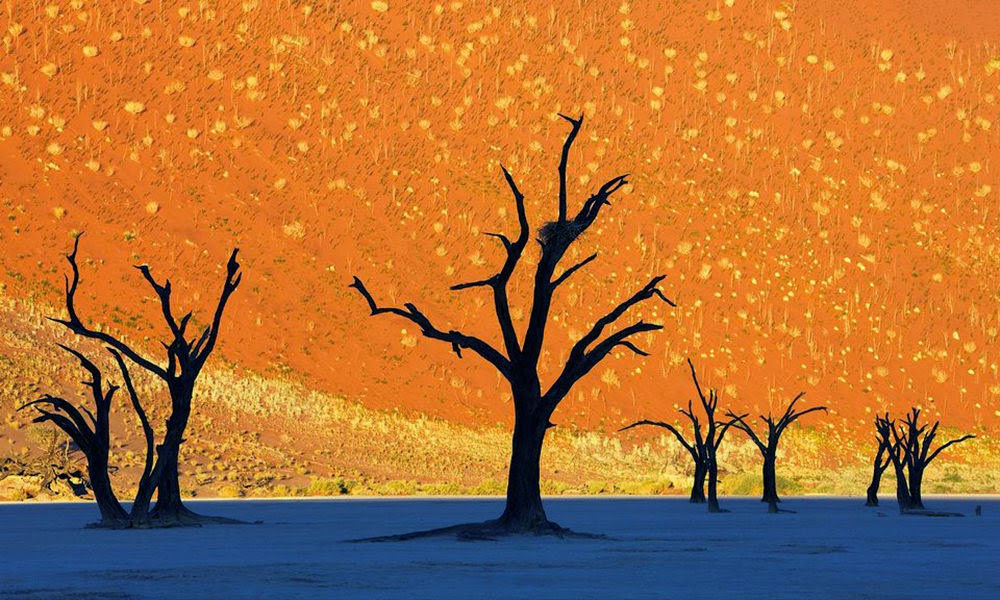
Dead Vlei, also known as «the frying pan of clay», is located in the reserve of the Namib-Naukluft Park, in the Namib desert, considered the world’s longest desert, because it already existed during the tertiary Era, the period in which the dinosaurs became extinct.
Namib, which translates as vast or huge, in nama language occupies a strip close to the two thousand kilometers wide. Dead Vlei, Namibia, Africa’s largest conservation area is located in this overwhelming context.

Dead Vlei is located near the most famous Saltworks of Sossusvlei, name that translates eerily as the place of no return. It also happens to be surrounded by the biggest in the world, the largest sand dunes of which is known as Big Daddy. These dunes have contributed no doubt to the conditions necessary to preserve the trees in their desiccated State.

The area is occupied by the white basin of clay from the extinct Lake, surrounded by huge red sand dunes more than three hundred meters, an extremely arid and dry environment, where just the precipitation of rain have their place.
The dunes are modeled by the lower course of the Tsauchab River, a river that should dramatically across a desert to touch the waters of the Atlantic. However, the river dies only 55 kilometres from his goal. The place is known as Dead Vlei, and becomes a ghost, accompanied by a cemetery of ancient trees, landscape where the extreme dryness does not break down them. The aridity of the area is so great that the wood not has been able to decompose because it is too dry. Dead Vlei trees are dried rather than petrified.

The climate of the area formerly enjoyed of torrential rains, causing Lakes and lagoons that populated the surroundings of vegetation to be formed, but 900 years ago the climate changed drastically desertification area and denying virtually any form of life.
In Africa it is known by the name of «Dooie Vlei» that translates as dead Marsh or Lake dead, because death is reflected in its landscape when we look at the shadowy vestiges of petrified trees that populated the area almost thousand years, tormented by the Sun and the absence of humidity, thus the extreme dryness of the area prevents breakdown condemning them to be part of such a beautiful how desolate and dramatic environment.

Death and beauty are linked to accommodate this spectacular landscape, where colors blend between its red sand, its white and cracked clay soil and its dissipated blue sky, are emerging where blackish skeletons of archaic trees spent by the Sun, making Dead Vlei in a majestic canvas created by the hand of nature, a beautiful and tragic ancient cemetery.







